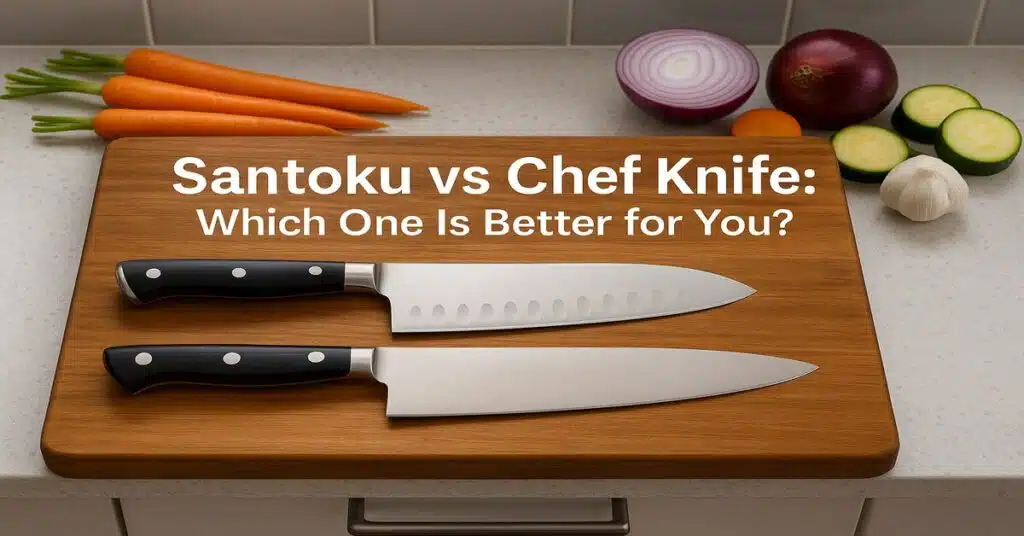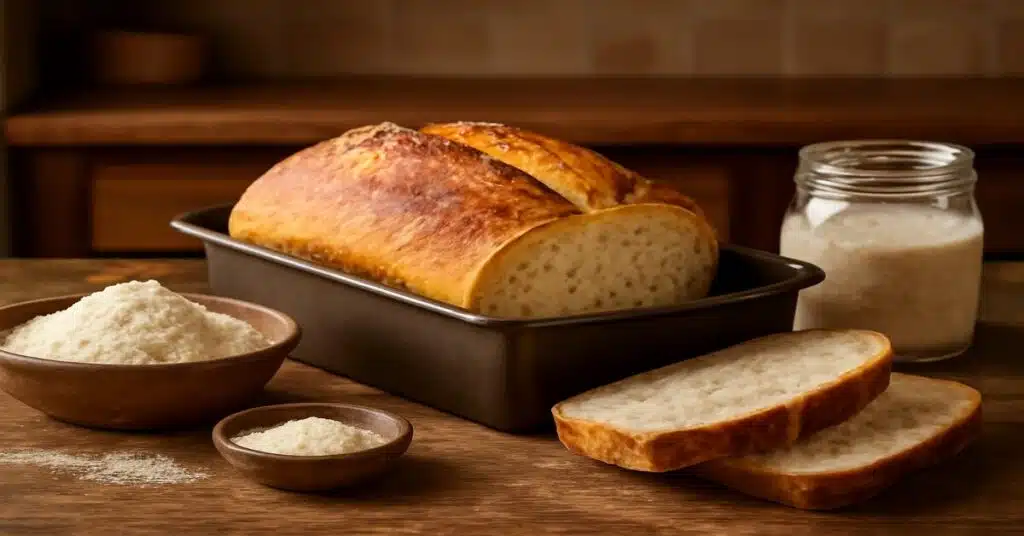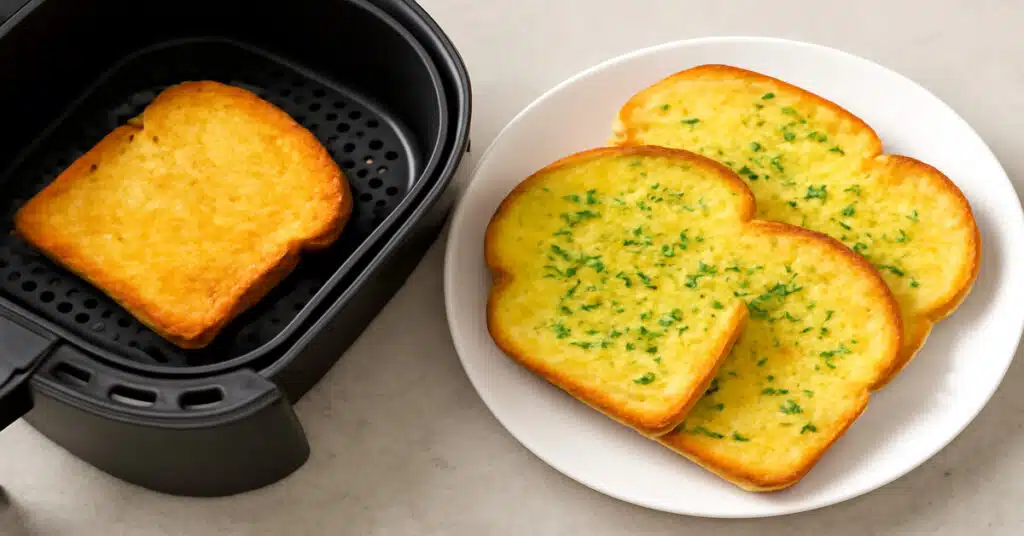Santoku vs Chef Knife – What is the Real Difference?
“Santoku vs Chef Knife” — this was the exact phrase I typed into Google years ago. I was standing in my small kitchen with a dull knife in hand, feeling annoyed. Every time I tried to slice a tomato, it turned into mush. One friend said a Japanese Santoku was best for veggies, while another loved their Western Chef’s knife. Like most home cooks, I just wanted a tool that made cooking easier and more fun.
That search started my journey into the world of kitchen knives. Now, after years of using both the Santoku knife and Chef knife, I am ready to help you decide. Which one fits your kitchen, cooking style, and food? In this guide, I will share real experiences—not just features and brands. Whether you are chopping onions for the first time or grilling steak on Sundays, this guide will help you choose with confidence.
What Is a Santoku Knife?
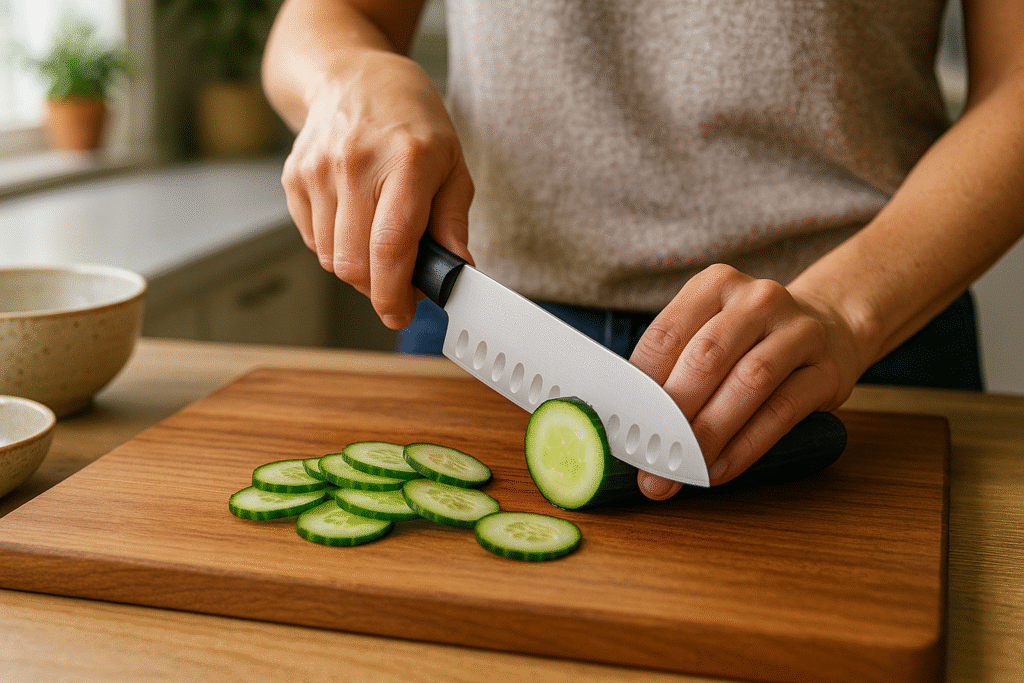
The Santoku knife comes from Japan. Its name means “three virtues”: slicing, dicing, and mincing—and yes, it is great at all three. I first used a Japanese Santoku knife while making sushi at a friend’s dinner party. It felt light but very sharp. The blade had no curve, which made clean cuts easy.
Most Santoku knives are 5 to 7 inches long, shorter than most Chef’s knives. They focus on control and precision. Instead of a rocking motion like a Chef’s knife, it moves straight up and down. This makes it great for slicing veggies, herbs, and soft meats.
Home cooks love the Santoku because it is easy to hold and not scary. It feels like a natural part of your hand. When I need fast, clean cuts, it is my first choice.
What Is a Chef’s Knife?
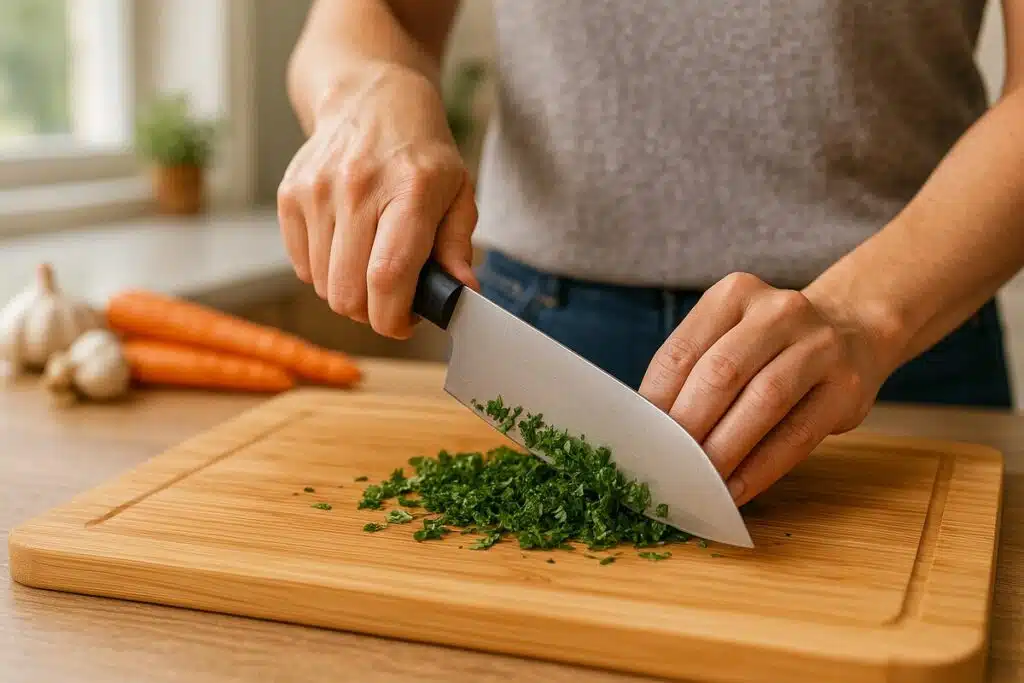
The Chef’s knife is often called the kitchen’s king. I got my first one as a gift when I moved into my first apartment. It was big and curved and made me feel like a real cook. Its curved blade is made for a rocking motion, perfect for fast chopping and slicing.
Most Chef’s knives are 8 to 10 inches long. They have a full tang, meaning the blade runs through the handle. This gives it balance and strength. It is great for hard tasks like breaking a chicken or cutting carrots.
In every pro kitchen I have seen, the Chef’s knife is always used. It’s strong, flexible, and cuts both herbs and meats well. It is my go-to for big meals or holiday cooking.
Santoku vs Chef Knife: 7 Key Differences You Should Know
| Feature | 💪 Santoku Knife | 🔪 Chef Knife |
| Weight | Light and easy | Heavy and solid |
| Blade Edge | Straight | Curved |
| Cutting Style | Up and down | Rocking motion |
| Best For | Veggies, fish, clean cuts | Meat, herbs, general prep |
| Blade Length | 5″–7″ | 8″–10″ |
| Balance | Front-heavy | Balanced, comfy grip |
| Skill Level | Great for beginners | Needs some practice |
This table shows each knife’s strengths. Your choice depends on what you cook and how you like to prepare.
When Should You Use a Santoku Knife?
The Santoku knife is great for fast, neat cuts. I use it for onions, zucchini, and stir-fries. Its straight blade helps with thin slicing and fine dicing.
It’s lighter and shorter, which makes it easy to control—especially for small hands or beginners. I remember my niece using it for her first salad. She felt safe and proud. That’s why so many home cooks love it: it is easy, quick, and friendly.
When Should You Use a Chef’s Knife?
The Chef’s knife is perfect when you need power. Use it to cut big fruits, trim meat, or chop herbs.
I enjoy the smooth “rock chop” motion. The handle supports your wrist, even during long meal prep. When I cook for the whole family or prep meals for the week, this is my must-have knife.
Pros and Cons of Each Knife
| Feature | 📄 Santoku Knife ✅ | 📄 Chef Knife ✅ |
| Weight | Light and easy to use | Heavy for tough jobs |
| Motion | Straight cut | Rocking chop |
| Best For | Veggies, soft foods | Meat, herbs, everything |
| Grip | Easy for small hands | Balanced for long use |
| Cons | Not great for big cutsCan’t rock chop | Can feel too big Needs more wrist strength |
Which Knife Is Better for Beginners?
If you are new to cooking, the Santoku offers control and safety. It is great for daily meals and light tasks like salads and sandwiches.
If you cook often or like big cooking projects, the Chef’s knife may suit you better. I always tell beginners: pick the knife that feels good in your hand. Comfort brings confidence.
Best Knife for Cutting Meat, Fish, and Vegetables
Here is a quick guide:
- Meat: Use a Chef’s knife for thick or bony pieces.
- Fish: Use Santoku for clean, gentle cuts.
- Veggies: Both are fine, but Santoku gives thin, neat slices.
I grab the Santoku for tofu or salmon. For beef or chicken, it is the Chef’s knife.
How to Choose the Right Knife
Pick based on your style:
- Like light tools? Try Santoku.
- Cook meat a lot? Go with the Chef’s knife.
- Want one knife for everything? Chef’s knife is best.
My tip: Go to a store and hold both. After trying many knives, I have learned that comfort matters most.
FAQs
Is a Santoku knife better than a Chef knife?
Ans: Not better, just different. Santoku is best for slicing veggies. Chef knives do more.
Can I use a Santoku knife for everything?
Ans: Yes, for light tasks. But not for heavy cuts.
Which knife is better for chopping vegetables?
Ans: Santoku is great for thin slices. Chef’s knife works well with practice.
Do professional chefs use Santoku knives?
Ans: Yes, but most use a Chef’s knife daily.
What knife do chefs use most?
Ans: The Chef’s knife. It is strong and flexible.
Final Verdict: My Honest Tip for You
After cooking for years at home and in restaurants, I will say this: there’s no one “best” knife. What matters most is how it feels in your hand.
Want speed, strength, and all-purpose use? Go with the Chef’s knife.
Want light, precise cuts and easy handling? Choose the Santoku.
I use both and love both. Trust your hands—and enjoy cooking more.

